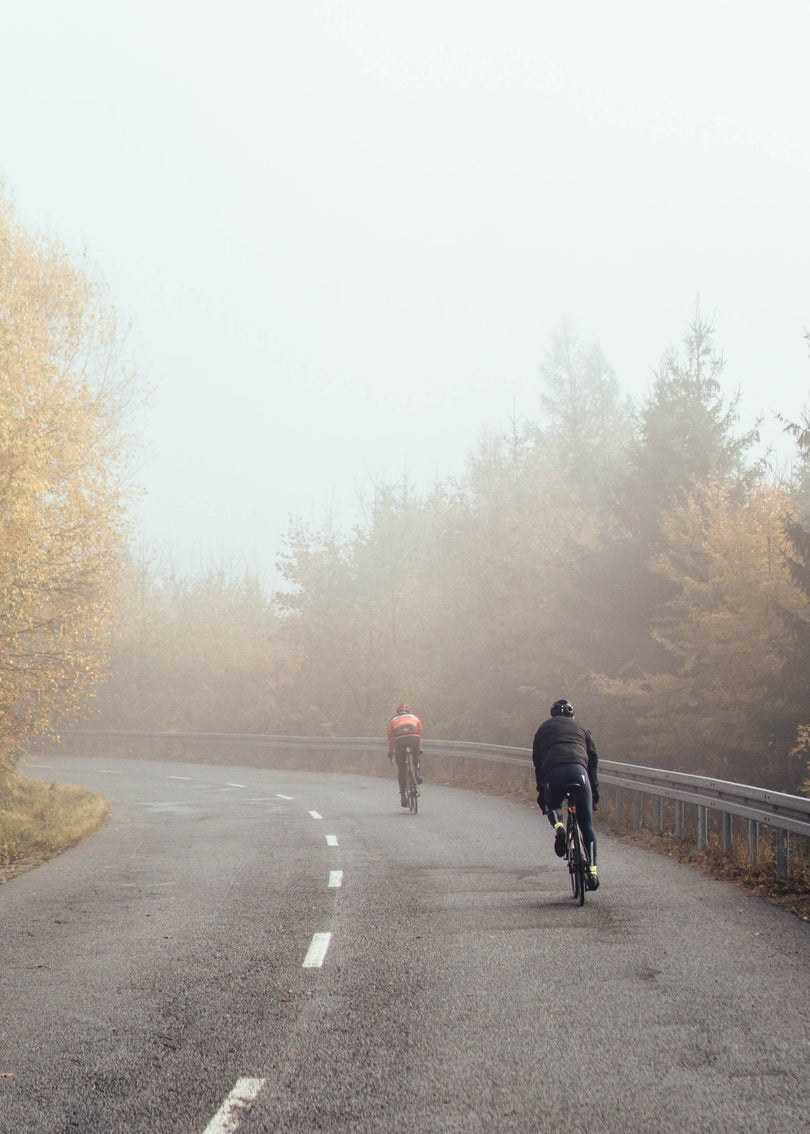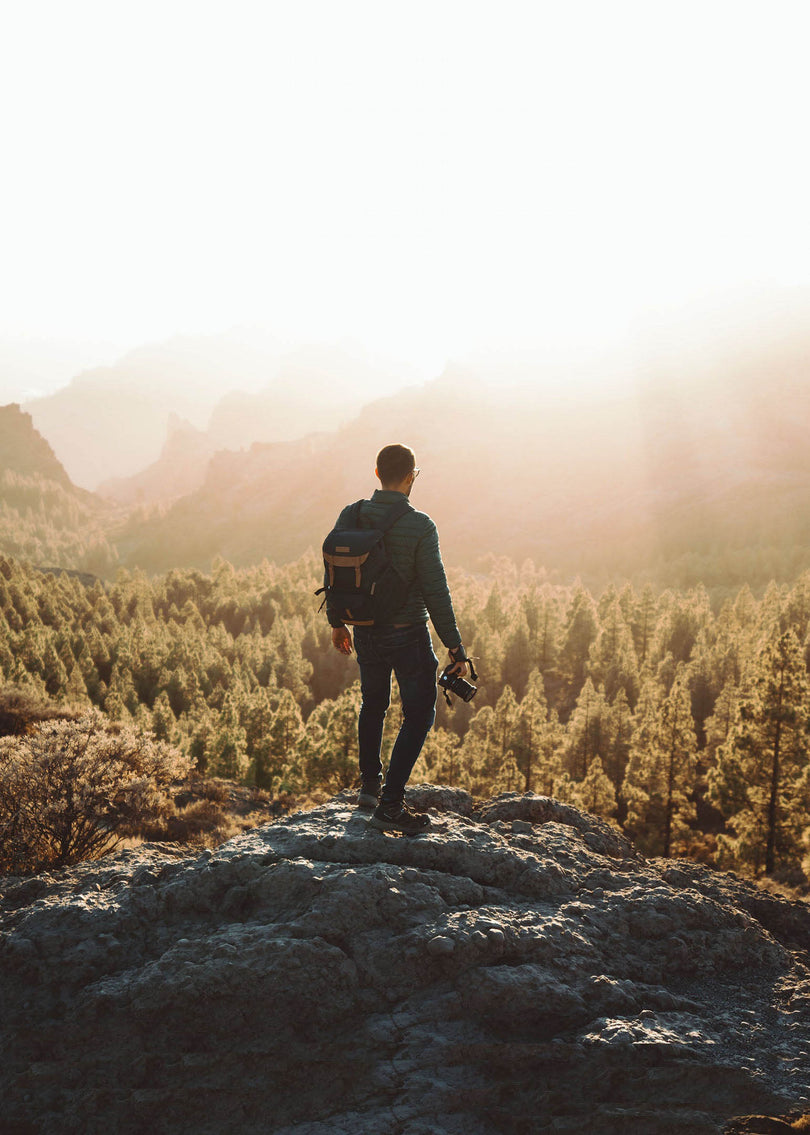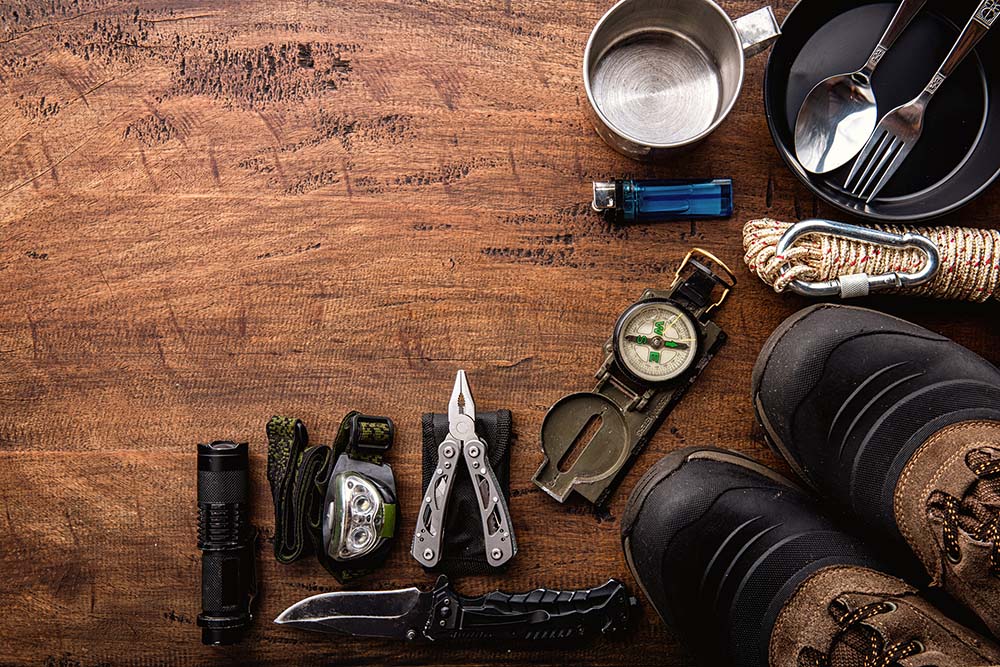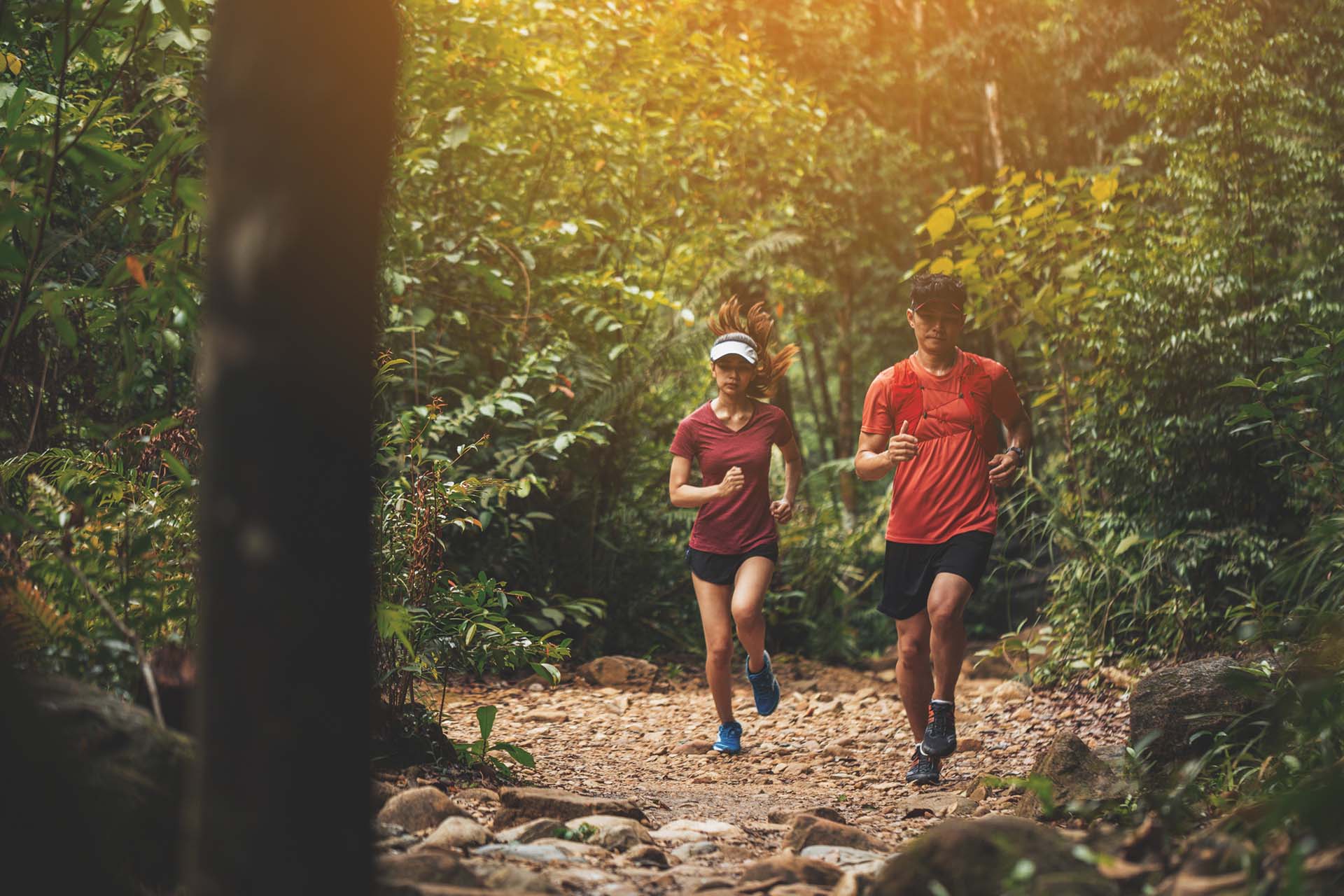The “Ten Essentials” are the gear items every hiker should carry with them at all times when on the trail. Whether you are heading deep into the backcountry or going for a day hike, the goal is to ensure you have what you need if something unforeseen happens.
While the ten essentials are designed to serve as a universal pre-trip checklist, you should select your gear based on the nature of the particular trip. Not all trips will require the same level of preparation.
- Navigation & Communication: GPS app, Satellite messenger, paper map & compass
- Sun Protection: Broad-brimmed hat, gaiter, sunscreen, UPF clothing
- Clothing: proper footwear, rain gear, and insulated clothing
- Water: more water than you anticipate needing or a water filter
- Food: more calories than you anticipate needing
- Headlamp: fully charged and/or with a spare set of batteries
- First Aid + Repair Kit: everything you need to fix you and your gear
- Knife (or Multi-Tool): small utility blade or a multi-tool to assist with gear repair
- Fire: a weatherproof firestarter and dry tinder or possibly a lightweight stove
- Emergency Shelter: could be as lightweight as a space blanket of emergency bivy
Nature is unpredictable, and preparation is key to preventing and treating injuries or navigating out of a tricky situation. Packing the 10 essentials will set you up to address most unexpected challenges you may face outdoors.

1. Navigation
Pack the tools that will help get you back to a trailhead should you become lost or go off-trail. Do not rely solely on GPS watches, smart phones, or other electronic navigation devices, as they can lose battery power or functionality. Instead, pack items such as a topographical map and standard navigation compass—and know how to use them.
2. Sun protection
Don’t underestimate the importance of caring for your skin and eyes while enjoying the outdoors. Use a broad spectrum sunscreen on exposed skin, and don’t forget to reapply. Choose sunglasses and goggles with ultraviolet (UV) protection. Your skin & eyes will thank you.
3. Clothing
Pack for the season, not the weather. Alpine zones can get quite cold even in the summer. We always recommend packing a hat, gloves and an insulated jacket, even in the summer. When choosing layers, think about what you would need to survive a long period of inactivity out in the elements.
4. Hydration

Start out with 2 to 3 liters of water. Don’t forget to pack the tools to make additional clean water if needed, like a filter or iodine tablets, for if you’re out longer than expected.
5. Nutrition
Pack enough food for your planned hike, plus more than you think you’ll need. If a hike becomes longer than originally planned, extra food will help keep up energy. A full day’s worth of extra food is a good rule of thumb, preferably that which doesn’t need to be cooked.
6. Headlamp

Always prepare to spend a night in the woods, which means packing a headlamp or flashlight (as well as extra batteries). Consider a light with a lock mode so it doesn’t turn on accidentally, and red mode for maintaining night vision. Pro Tip: Check that your light is functional before heading out
7. First Aid
Prevention is always the best medicine. Many ailments in the backcountry are simple to either prevent or to address in their early stages. Fix the small problems before they become big problems and most importantly: stay well fed, stay hydrated, and layer properly.
8. Knife or Multi-tool
There is no knowing when having a good knife or multi-tool will come in handy. From cutting a slice of cheese to saving the day.
9. Fire

Fires serve as an emergency heat and light source for unexpected nights on the trail. You’ll need to pack both an igniter and something to light. Igniters include butane lighters or waterproof matches. The ideal firestarter ignites quickly and sustains heat, allowing time to ignite other fuel.
10. Emergency shelter
Your emergency shelter is your protection from the elements, used to keep yourself dry and warm in case you become stranded or injured on the trail. When day hiking in more remote places, a good rule of thumb is to pack as if you would need to spend the night.
![]()







